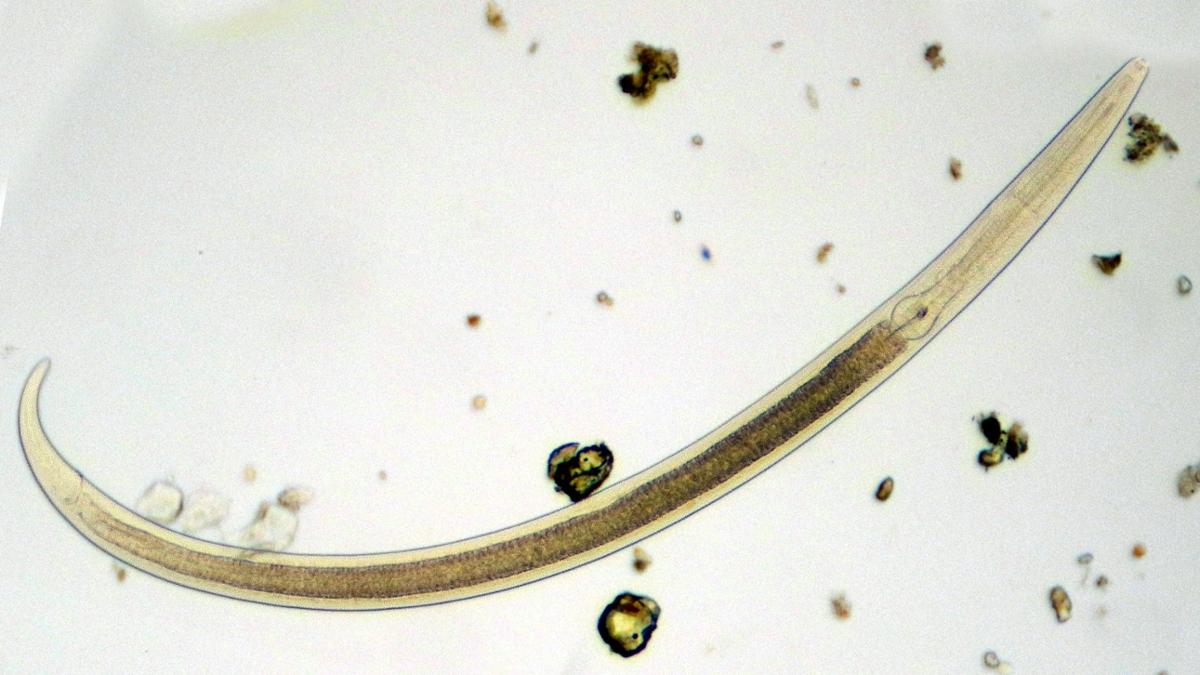The dance of synchronized activity is everywhere in biology. Muscle cells coordinate their contraction in the beating of our hearts. Swarms of fireflies synchronize their blinking lights in the night. Flocks of birds in the air and schools of fish in the water synchronize their movements. Researchers in several fields seek the general principles of this dance, which may be a key to understanding life.
In 2022 a team of physicists from the University of Rochester in New York discovered a remarkable form of synchrony in creatures called ‘vinegar eels’. The animals aren’t actually eels, but are tiny, two millimeter long worms called nematodes. They live in the microbial culture used to make vinegar. When vinegar eels assemble into troupes, the researchers found that the wiggles that they use to swim become synchronized, much like football fans in a stadium doing ‘the wave’.
The nematodes are unusual because they show two different kinds of synchrony at the same time. They synchronize both the shimmy of their bodies and their movement through the liquid in which they swim. These collectively synchronized movements generate surprisingly strong fluid flows. The researchers estimate that the forces the nematodes generate by their collective movements are strong enough to move objects hundreds of times their weight. They don’t yet know why doing this is useful to these animals.
The physicists nonetheless believe that their discovery is important, because this interesting example of synchronized action occurs in animals that are fairly easy to culture and study. This makes them ideal subjects for testing mathematical models of the dance of synchronized activity more generally.










